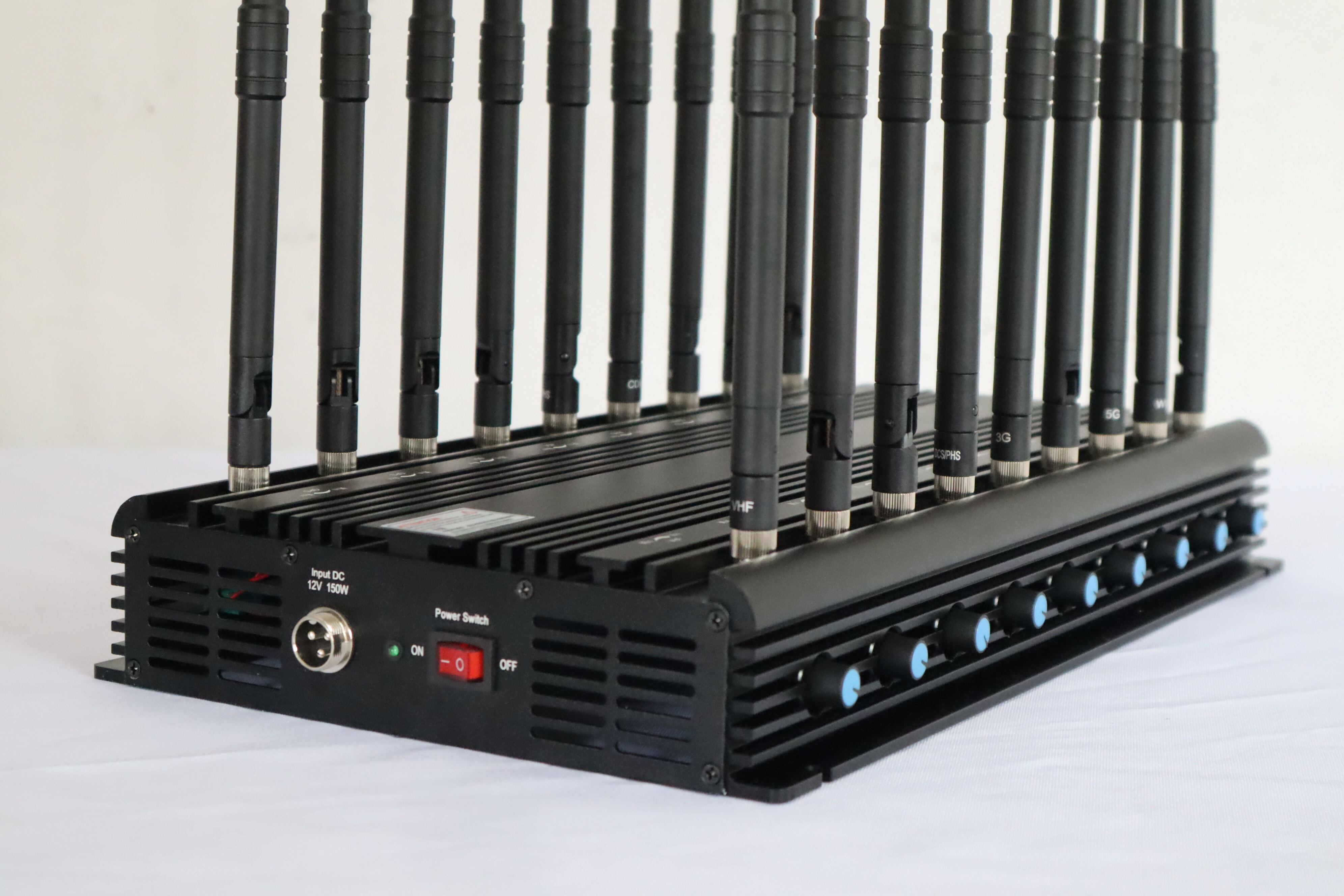The landscape of security technology continues to evolve, and signal jamming devices have become increasingly sophisticated tools in protecting sensitive areas and information. Security jammers represent a critical component in preventing unauthorized surveillance, blocking potentially harmful signals, and maintaining privacy in various settings. As organizations face growing security challenges, understanding how to select and implement the right jamming solution becomes paramount.
Modern security jammers operate by emitting radio frequency signals that can effectively disrupt unwanted communications within a specific range. These devices serve multiple purposes, from preventing unauthorized drone operations to securing confidential meetings against potential eavesdropping attempts. However, choosing the appropriate security jammer requires careful consideration of various factors to ensure both effectiveness and compliance with local regulations.
When selecting a security jammer, one of the first considerations must be the frequency range it can effectively block. Different threats operate on various frequencies, and your chosen device should address specific security concerns. For instance, if drone protection is a priority, the jammer should cover common drone control frequencies, typically ranging from 2.4 GHz to 5.8 GHz.
Coverage area is equally important, as it determines the effective protection zone. A security jammer's range can vary from a few meters to several hundred meters, depending on the model and power output. Consider the physical layout of your space and potential threat vectors when determining the required coverage area.
The power output of a security jammer directly impacts its effectiveness and range. Higher power output generally means better coverage, but it also leads to increased energy consumption and potential regulatory concerns. Modern jammers often feature adjustable power settings, allowing users to optimize performance based on specific scenarios and requirements.
Energy efficiency becomes particularly crucial for portable or battery-operated security jammers. Look for devices that offer smart power management features, such as selective jamming or scheduling capabilities, to maximize operational duration while maintaining effective protection.

Contemporary security jammers increasingly incorporate intelligent control systems that enhance their functionality and ease of use. These features might include remote management capabilities, allowing security personnel to monitor and adjust settings from a central location. Advanced models often provide real-time status updates and automated threat detection, enabling rapid response to potential security breaches.
Integration capabilities with existing security infrastructure represent another crucial consideration. Modern security jammers should seamlessly connect with other security systems, such as surveillance cameras or access control systems, to create a comprehensive security solution.
The ability to customize and adapt jamming patterns proves essential in maintaining effective security measures. Advanced security jammers often feature programmable frequency bands and the capability to create custom jamming profiles for different scenarios. This flexibility ensures the system can evolve with changing security threats and requirements.
Look for devices that offer firmware updates and expandable capabilities, ensuring your investment remains effective against emerging threats. The best security jammers provide modular designs that allow for future upgrades or modifications as needed.
Before deploying any security jammer, understanding and adhering to local regulations is crucial. Different jurisdictions have varying rules regarding the use of signal jamming devices, and compliance ensures both legal operation and protection from potential penalties. Consult with legal experts and regulatory bodies to ensure your chosen solution meets all applicable requirements.
Documentation and certification become essential aspects of compliance. Ensure your selected security jammer comes with proper certification and documentation from recognized authorities, demonstrating its adherence to safety and regulatory standards.
Proper installation and regular maintenance significantly impact a security jammer's effectiveness. Consider factors such as optimal placement, interference patterns, and potential signal obstacles when planning installation. Professional installation services often prove worthwhile, ensuring maximum effectiveness and proper configuration.
Develop comprehensive maintenance schedules and protocols to ensure continued performance. This includes regular testing, calibration checks, and firmware updates as recommended by the manufacturer. Proper maintenance extends the device's lifespan and maintains its effectiveness against security threats.
The ideal range depends on your specific security needs and facility size. Most professional security jammers offer adjustable coverage from 10 to 100 meters, though some high-powered models can extend beyond this range. Consider your facility's layout and security requirements when determining appropriate coverage needs.
Start by consulting with local authorities and regulatory bodies regarding specific requirements for signal jamming devices in your area. Work with reputable manufacturers who provide proper certification and documentation. Consider engaging legal experts specializing in telecommunications law for guidance on compliance matters.
Regular maintenance typically includes quarterly performance testing, annual calibration checks, and firmware updates as released by the manufacturer. Additionally, physical inspection of antennas and connections, power system checks, and verification of jamming patterns should be performed periodically to ensure optimal operation.